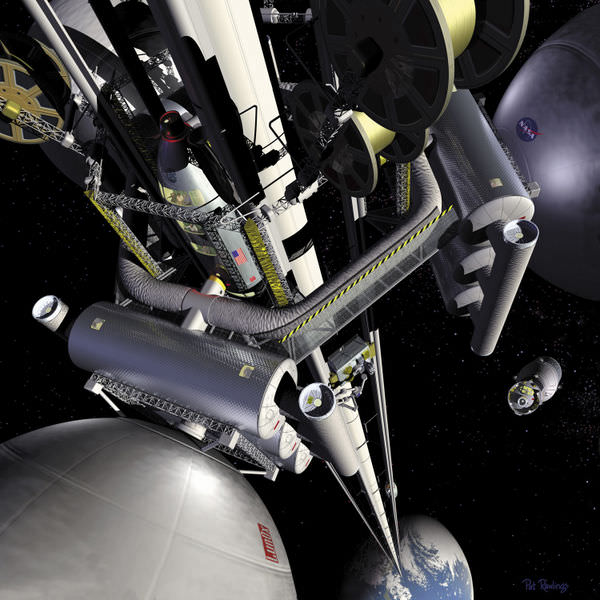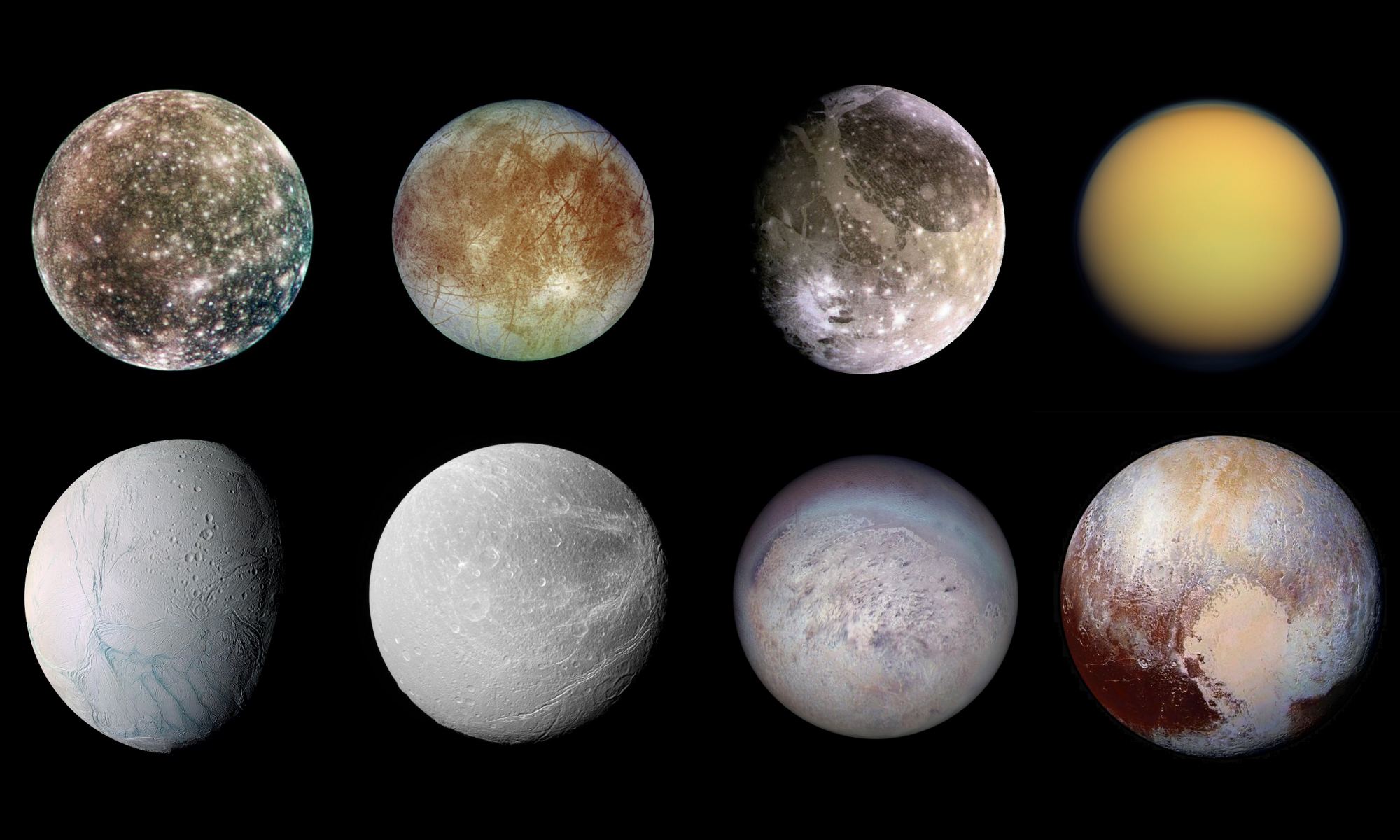Three amazing recent asteroid finds show what’s possible in terms of astronomy online.
Practical astronomy is increasingly becoming an online affair. In 2023 we wrote about this trend, and highlighted how Russian observer and amateur astronomer Filipp Romanov used time on remote observatory networks to successfully discover two asteroids, which he named 623826 Alekseyvarkin and 623827 Nikandrilyich after his great-grandfathers. Now, Filipp has repeated this feat and pushed the limit of what’s possible online with the discovery of a trio of asteroids, including a rare near-Earth asteroid discovery found using a remote system.
Continue reading “Amateur Astronomer Finds Additional Asteroids With Remote Telescopes”









